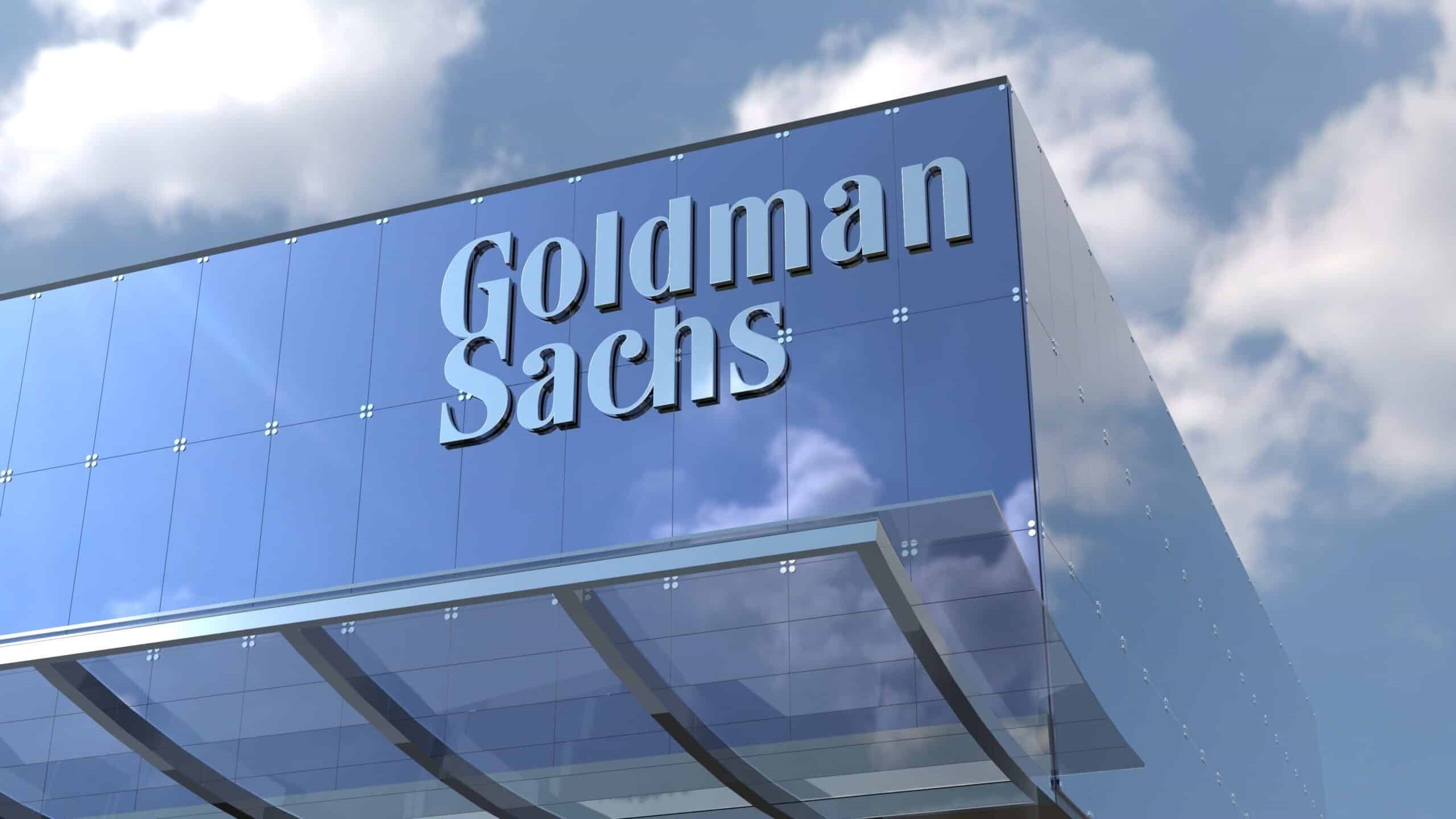

The global aluminium market persists in navigating a convoluted landscape of factors, prolonging its journey towards a deficit more than anticipated. The industry has been ensnared in a precarious equilibrium over the previous year as the Chinese market tightens. In contrast, the primary market outside China experiences a softening, maintaining London Metal Exchange (LME) pricing slightly above the $2,000 per tonne threshold.

2024 to see modest tightening
The American multinational investment bank and financial services company Goldman Sachs' analysts now forecast a slight tightening in the balance for 2024, with an estimated deficit of 724,000 tonnes. This marks a notable revision from the earlier projection of a 1.2 million tonne deficit. A more significant deficit is anticipated in 2025, as current Western demand challenges dampen the overall tightening effect despite expectations of stable primary supply.
Challenges persist, but stabilisation is predicted
Anticipated factors such as monetary easing, the implementation of green channels, and the cessation of destocking are poised to aid in stabilising the aluminium market. However, the impact of these measures is projected to be more evident in the latter half of the year. Experts in the industry predict a gradual upturn in LME prices, expecting to reach $2,400 per tonne by year-end. Subsequently, price targets of $2,300, $2,400, and $2,600 per tonne are set for the following 3, 6, and 12 months respectively.
Growth hampered by Western production slowdown
The main challenge confronting the aluminium market is the enduring recession within Western manufacturing, leading to a downturn in demand. In 2023, aluminium demand outside of China dropped by nearly 2 per cent compared to the previous year, with Europe experiencing the most pronounced decline at -4 per cent year-on-year.
Producers and traders are observing a 10-20 per cent year-on-year reduction in contracted volumes, signalling a sluggish market. Although there is an anticipation of a slowdown in supply chain destocking, the overall surplus in Western regions continues to pose a significant obstacle.
Chinese demand offsets Western struggles
China's substantial net primary imports have been instrumental in counterbalancing the obstacles arising from diminished Western demand. Last year witnessed a remarkable threefold surge in net primary imports, coinciding with a notable tightening within China's domestic market, fuelling expectations for sustained demand growth.
Anticipated factors driving this growth include:
What AL Circle’s “Global Aluminium Industry Outlook 2024” revealed
The outlook for the primary aluminium sector in 2024 is characterized by a nuanced landscape, presenting a blend of potential upsides and downsides. Projections indicate a slight acceleration in global refined aluminium supply compared to demand, hinting at a potential surplus. China, the world’s largest producer and consumer of aluminium, is anticipated to sustain its role in propelling supply growth over the next two years. The global economic landscape, marred by persistent concerns and heightened inflation, poses a threat to demand in certain regions. Despite the looming potential surplus, prices are anticipated to experience a gradual ascent as demand recuperates, particularly in the latter half of the year. The initial quarter of 2024 might witness pricing trends ranging from neutral to bearish due to sluggish demand and prevailing uncertainties.
Responses








